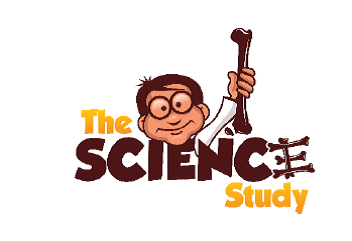The SCIENCE Study

What is the study about?
Broken bones of the elbow are common in children. Doctors have varying opinions about the best treatment for one particular type of elbow break, called a ‘medial epicondyle fracture’. Some surgeons argue that these breaks should be treated with surgery to fix the bone with wires or screws, whilst others argue that treating the bone in a cast will give just as good results, without the risks and scars associated with surgery. The research till now is of poor quality and has results supporting both arguments. This means that the treatment that children receive is dependent on the beliefs and understanding of the surgeon, rather than proper science. Perhaps unsurprisingly, approximately half of children are treated with surgery, and half with a cast. High-quality research is urgently needed to answer this question. Around 30 children a year are treated at Starship with this break. This study is a randomised controlled trial. This type of study is the highest quality of scientific evidence available yet is not used as often as it should be to evaluate surgical procedures.
What is the question being asked?
In children with this elbow injury (medial epicondyle fracture), does treatment with surgery result in better arm function after 1 year than treatment without surgery?
Who is eligible?
Participants will be eligible for this study if:
There is radiographic evidence of a displaced medial epicondyle fracture of the Humerus, with fracture displacement determined by the surgeon as per their usual clinical practice.
They are aged between 7 and 15 years old inclusive.
Patients will be excluded from participation in this study if:
The injury is more than two weeks old.
There is incarceration of the medial epicondyle fragment within the elbow joint.
The injury is part of a complex elbow fracture (i.e. fracture extending into the joint).
There are other fractured bones elsewhere in the body, in addition to the elbow injury.
The elbow, if dislocated, is unable to be realigned into a satisfactory position in the emergency department.
There is evidence that the patient and/or parent/guardian would be unable to adhere to trial procedures or complete follow-up, such as insufficient English language comprehension, developmental delay or a developmental abnormality or no access by parents to the internet.
How many children will be involved?
In New Zealand, we’re looking at recruiting 25 participants. It is hoped that 334 children world-wide will participate over a two-year period from more than 35 hospitals in the United Kingdom, New Zealand and Australia. This number is calculated based on previous scientific research to ensure that the study is large enough to reach a firm conclusion.
For health professionals
Please help raise awareness of our study by mentioning it to any families involved in your care who fit the eligibility criteria and giving them a copy of the participant information sheet so they can get in touch with our team.
More information
If you think you would like to be involved in this study, please find more detailed information below:
SCIENCE Starship Information Sheet and Consent Children 7 - 11 years
SCIENCE Starship Information Sheet and Consent Children 12 - 15 years
Contact us
Nichola Wilson: Principal Investigator
Email: NicholaW@adhb.govt.nz; n.wilson@auckland.ac.nz or phone 021 144 1162
